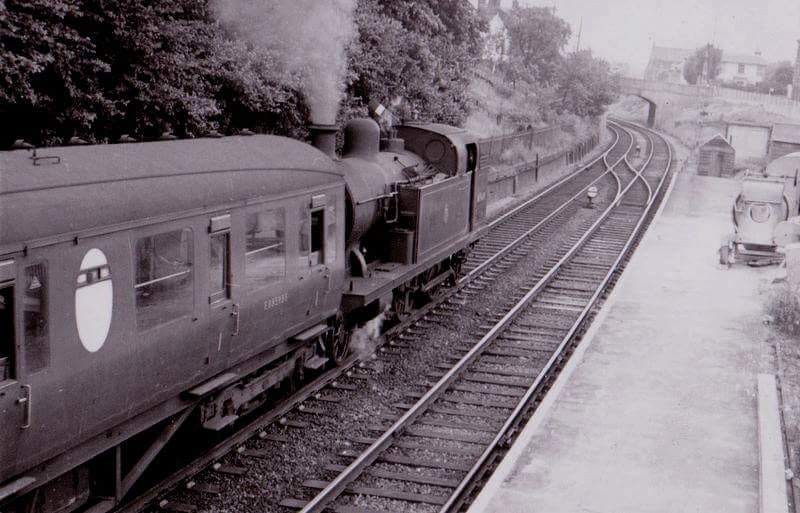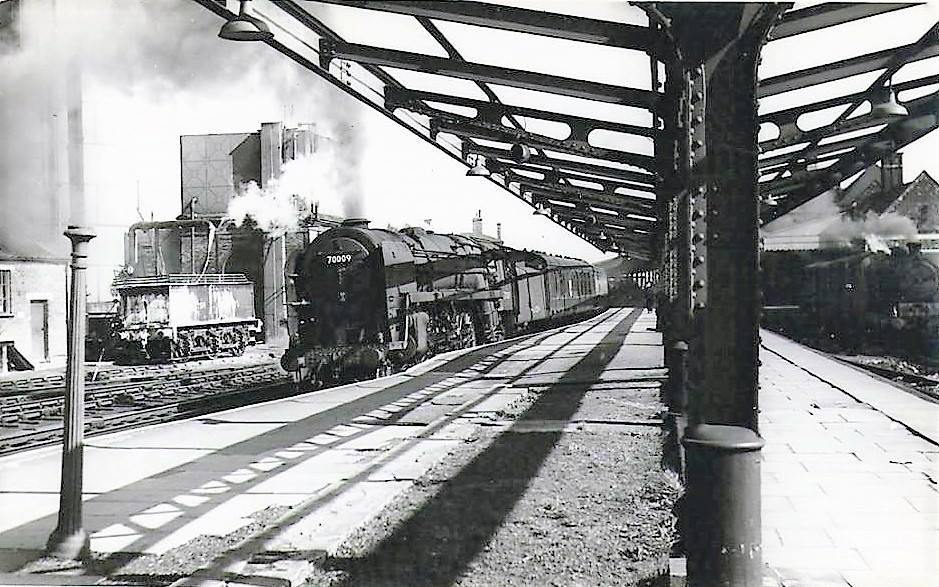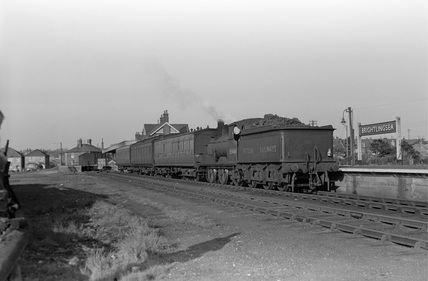
Steve's Model Railway Site

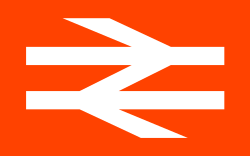

North East Essex Railways
North East Essex Railway map
I grew up in Wivenhoe Essex in the 1970's and we frequently used the trains up to London and down to Clacton and Walton. By then the Brightlingsea line had closed but as young boys we walked the old line and swum and fished in the creeks under the old railway bridges left by that line closure.The map shows the NE Essex railway as at 2019.
History of North East Essex Railways
The development of the NE Essex railway system started as a haphazard group of small railway companies including Eastern Counties Railway and several other smaller railway companies. Without a link into London these companies offered local inter-town links only.Tendring Hundred Railway Company
The mainline arrived in Colchester in 1843 and by 1859 the Tendring Hundred Railway Company was formed with a plan to take the line to Clacton. The bill for the Wivenhoe line went before parliament in 1860 but legal wrangles and money problems delayed the railway until 1863. On Friday 6th May a single track opened and carried six passenger trains a day between Wivenhoe and Colchester. The opening ceremony was marred by the death of 12 year old Emma Sainty who fell off a trolley and was killed when the wheels ran over her head.Wivenhoe was already an active port for Colchester as vessels too large to dock at Hythe ran lighters (smaller vessels) to and from the Hythe from Wivenhoe. The river was deepened in 1854 which meant Wivenhoe began to decline as a port. The new branch line established Wivenhoe as a yacht building centre in 1870s and also as a major packing centre for oysters and sprats which arrived at the wharf in the Wivenhoe Smacks.
Great Eastern Railways
Great Eastern Railways was formed in 1862 after the amalgamation of the Eastern Counties Railway and several other smaller railway companies including the Tendring Hundred Railway Company. The GER suburban network was in the early 20th century the busiest steam-hauled commuter system in the world.On taking over the entire route in 1862 the GER improved speeds on the Colchester line so that Colchester was reached in an impressive 70 minutes (non-stop) from Liverpool Street.
In 1866 the Wivenhoe line was extended to Weeley and the Brightlingsea single track Branch line was built. By now Wivenhoe had one through platform and one bay platform for the Brightlingsea line. East of the station beyond the High St there was a final cross-over then the layout was two independant single lines with one to Weeley and the other to Brightlingsea.
By 1867 the Weeley line was extended further to Walton-On-The-Naze and so the Essex Coast was opened up to weekenders from London.
In 1875 Liverpool Street station opened providing the GER with a bigger city terminus.
In 1882 a single line to Clacton from Thorpe-le-Soken junction was completed providing a second beach resort location to weekenders. Marketed as the Sunshine Coast Line see here for more on the Clacton Line.
GER Locomotives
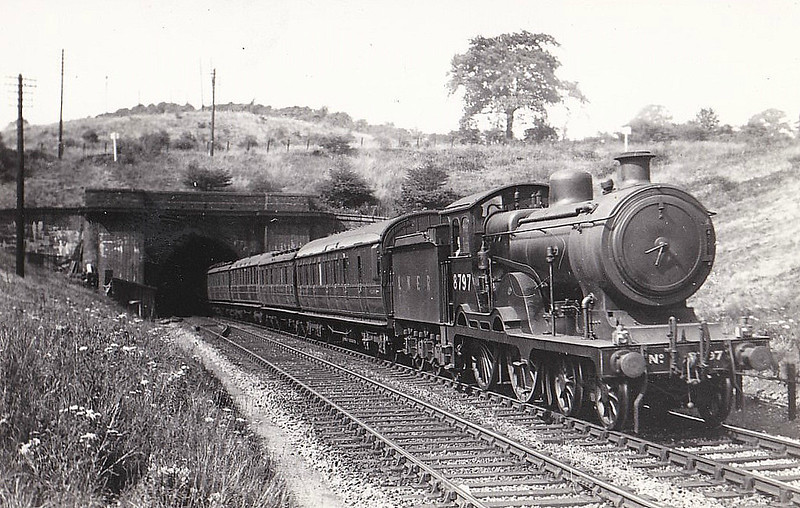
Claud Hamilton 4-4-0
Express services (which were getting heavier) on the GER were latterly in the hands of the Class S69 (LNER class B12) 4-6-0 locomotives. Designed by James Holden and also known as the '1500 class', these engines were built at Stratford Works (51 engines) and William Beardmore (20 engines). Ten engines were later built for the London and North Eastern Railway by Beyer Peacock, and it is one of these locomotives that is preserved today.
LNER
The London and North Eastern Railway (LNER) was the second largest (after LMS) of the Four railway companies created by the Railways Act 1921 in Britain. Swallowing up the GER it operated from 1 January 1923 until nationalisation on 1 January 1948 when British Railways (BR) was created. In it's time the LNER was divided into the British Railways' Eastern Region, North Eastern Region, and partially the Scottish Region.LNER Loco's
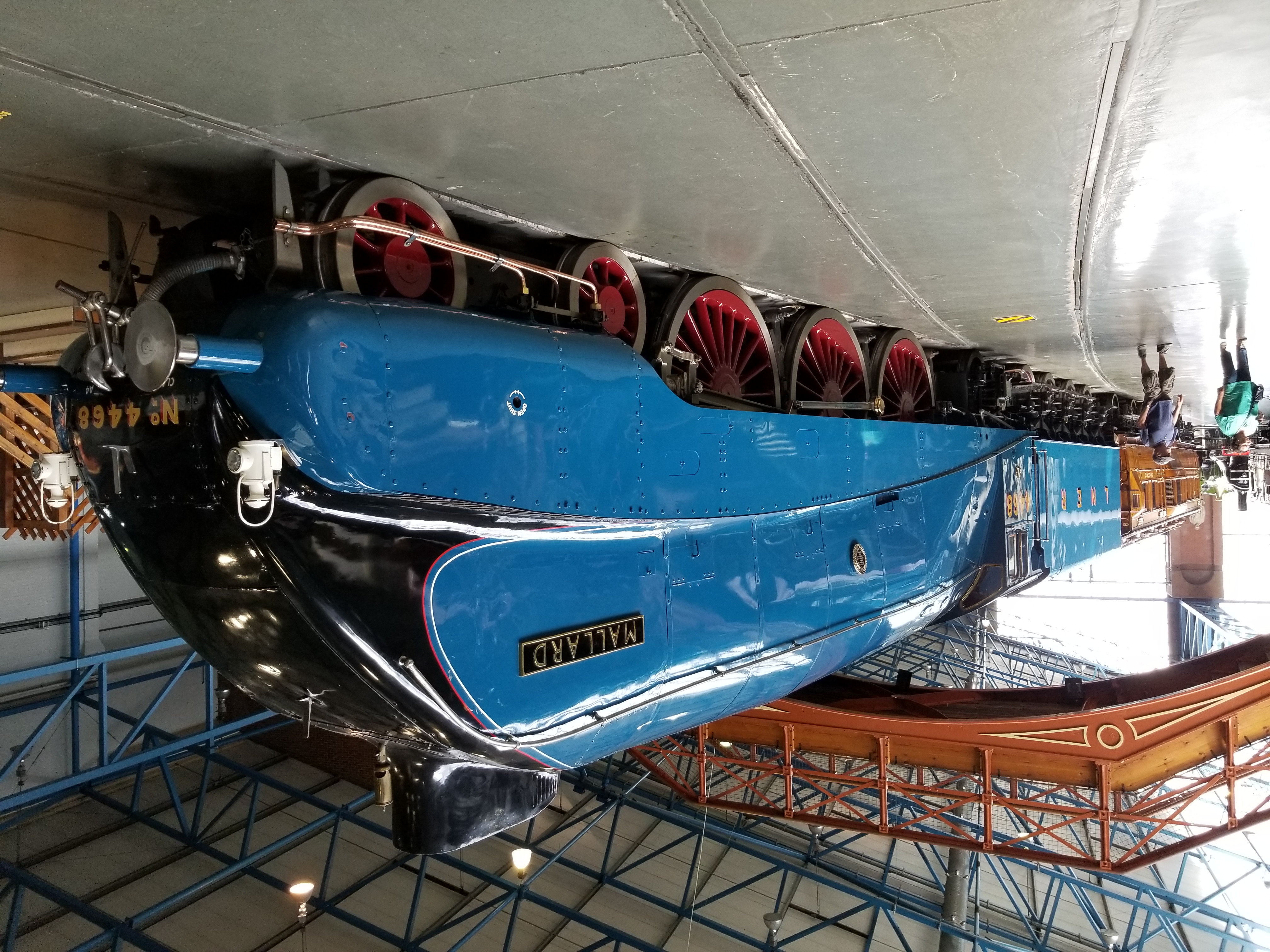
A4 Mallard
BR Eastern Region
The region was formed at nationalisation in 1948, mostly out of the former Great Northern, Great Eastern and Great Central lines that were merged into the LNER in 1923. Of all the "Big Four" pre-nationalisation railway companies, the LNER was most in need of significant investment. In the immediate post-war period there was a need to rebuild the destroyed stations in London and along the busy East Coast Main Line and former Great Central Railway. Additionally, the LNER had begun a suburban electrification programme which the British Transport Commission was pledged to continue.The Region continued the LNER's programme of electrification, using the then-standard 1500 V overhead DC system, in the London suburbs, allowing for the removal of steam services from Essex by the mid-1950s. The original plan had called for the eventual electrification of most of the LNER, and the Eastern Region sought to continue this policy as part of the 1955 Modernisation Plan. However, the British Transport Commission felt that many Eastern Region routes would not benefit from this; indeed, many of the rural lines proposed for electrification were in fact closed entirely by Dr Beeching. Instead, the Eastern Region had to content itself with being an early adopter of diesel-electric power, replacing steam at the earliest opportunity.
BR Locomotives
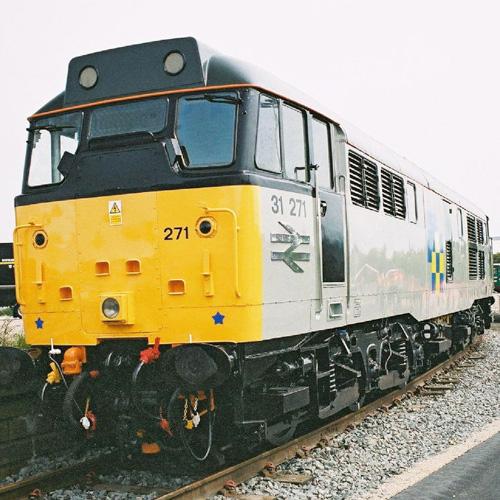
Class 31
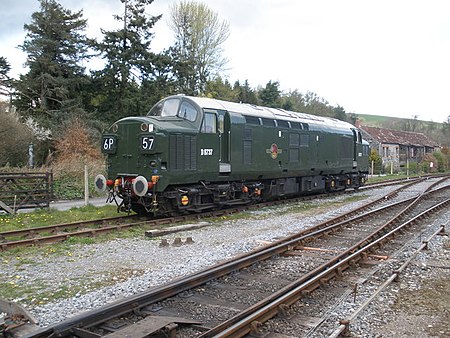
Class 37
Despite all members of the Class 37 build now being over 50 years old, over 60 locomotives are still mainline registered and remain active undertaking a variety of passenger, freight and departmental duties on the national rail network in 2018.
With the Diesel-Electric loco's the journey time between Liverpool Street station and Wivenhoe was now approx 60mins and this made Wivenhoe a popular location for commuters. This made the town grow rapidly post-war as workers in London moved out of the city into the Essex countryside.
